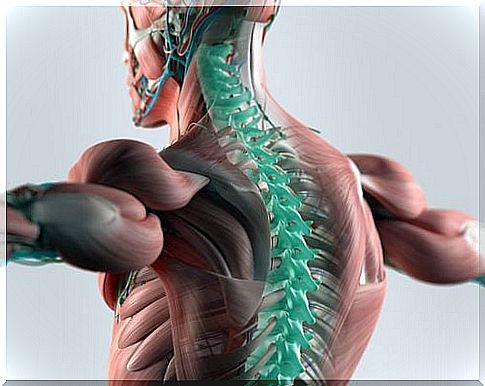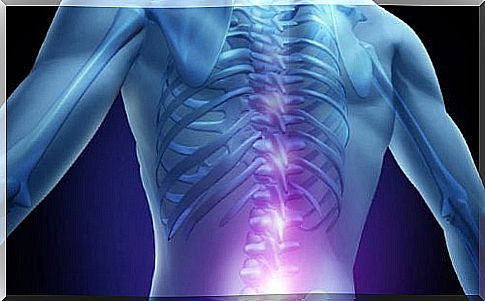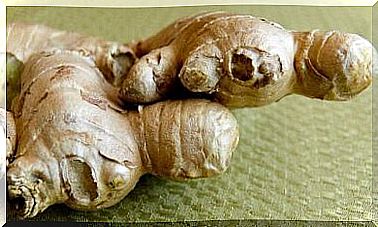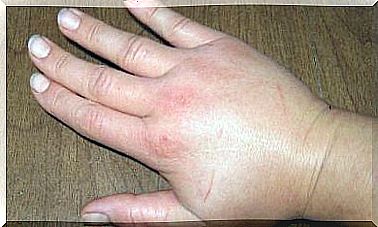Microfibers To Restore The Spinal Cord
Research is still in the initial phase. However, injuries to the spinal cord could soon be repaired with microfibres.

Current experiments on rats attest to important advances. Scientists have already managed to restore cells in the spinal cord. There have been no attempts in humans to restore the spinal cord.
Research on the spinal cord
The tests were carried out by US researchers who managed to restore adult nerve cells in the spinal cord of rats.
The results show how so-called glial cells, the most common cells in the human nervous system, can transform into more primitive cells.
These new cells become fully developed nerve cells. The restoration of fully developed nerve cells is an important step in the development of better therapies for people with damaged spinal cords.
One of the study’s authors, Chun-Li Zhang, stated that the foundation for regenerative therapies had been laid on the human spinal cord.
The restoration of cells could be manipulated in such a way that completely new nerve cells are created after an injury to the spinal cord.
As soon as the results are confirmed by further studies, one could start working with human glial cells.
This may help avoid bone marrow transplants and immunosuppressive therapies in the future.
Spinal cord injuries

It is known that injuries to the spinal cord can lead to irreversible damage to the nervous system. In severe cases, motor skills and sensory perception are also at risk.
The spinal cord does not have to be severed for such damage. In many cases, even after an injury, most of the strands are still intact.
While one would suspect otherwise, spinal cord damage is not always related to an injury to the back or neck. There is also the case of herniated discs or diseases of the spine.
Injuries to the back and neck can also happen without damaging the spinal cord.
Support in the center for paraplegics
Toledo is home to the National Hospital for Paraplegics. This is part of the health service of Castilla-La Mancha in Spain. The center has already received many millions of euros in funding, mainly from the European Union.
The project for which this hospital receives funding is called neurofibers.
Here, biofunctional current-conducting microfibers are researched and developed to restore the spinal cord .
Neurofibers project

The Neurofibers project was selected from more than 200 projects presented in the European Outstanding Technologies of the Future program.
Dr. Jorge Eduardo Collazos heads and coordinates this project, supported by the participation of a research pool with seven groups from six European countries.
He also directs the Nerve Restoration and Biomaterials Laboratory at the National Paraplegic Hospital.
- The neurofibers project lasts 4 years, from January 2017 to December 2020.
- Above all, the development of devices that offer electroactive support in the restoration of the central nervous system and which should also be biologically safe and effective is being promoted.
They also serve to activate neural circuits within the spinal cord.
The neurofibers project works in two fields. On the one hand, it improves the quality of the microfibers used. On the other hand, it explores the usefulness of this leading technology in the context of nerve growth.
The project coordinators have confirmed that the research area is mainly focused on:
- Tests to check the biocompatibility,
- the question of whether the nerve tissue can be repaired with this technology and
- the restoration of lost motor skills and sensory perception.
Surgeons are also important partners in the project, as they are supposed to develop complex surgical techniques for the application of the new technology. In the end, the success of the project depends on these techniques.
Microfiber neuroprotesis to restore the spinal cord
With these new microfibers, more effective neuroproteses will be created that can be integrated into the spinal cord. One advantage of the fibers is their increased sensitivity to stimulation compared to metal electrodes.
The microfibers have great potential that should be researched and developed in the future. While they restore nerve tissue, they also stimulate the growth of glial cells and neurons.









